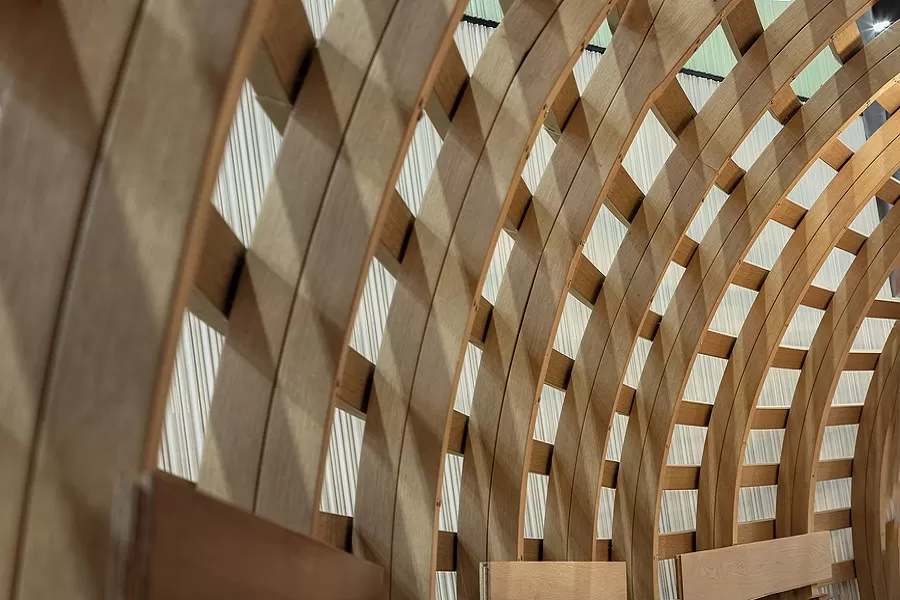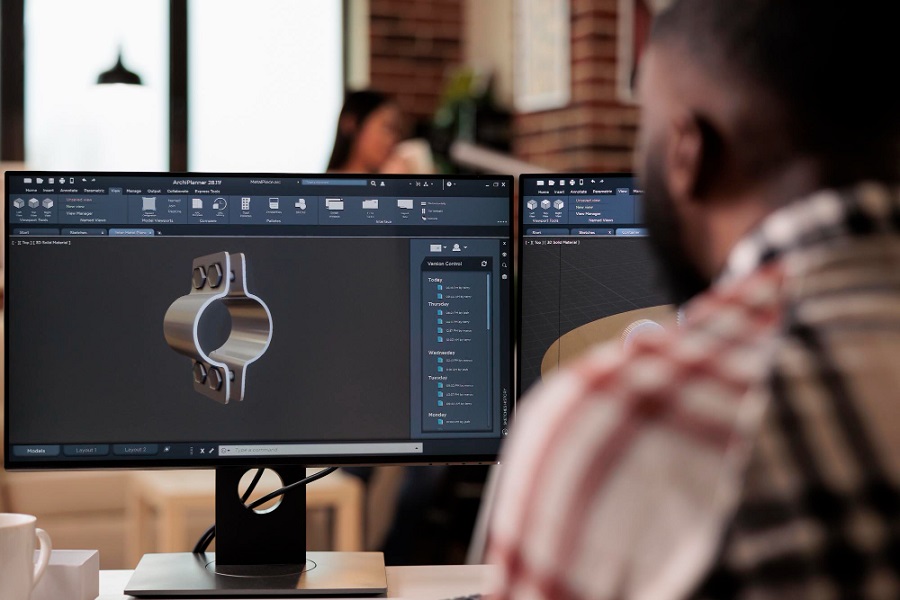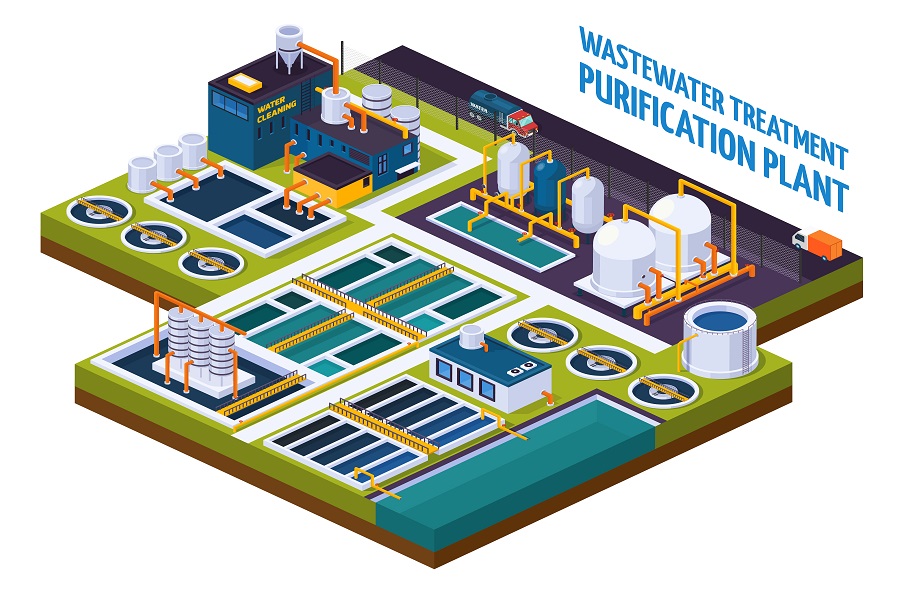The building sector is one of the largest energy consumers worldwide, accounting for nearly 40% of global energy use and contributing to a significant portion of greenhouse gas emissions. As a result, there has been a growing demand for sustainable building design solutions that can help reduce energy consumption and minimize environmental impact.
And one critical component of sustainable building design is the Façade of the building.
Commonly known as the exterior envelope of a building or the curtain wall, the façade is the first line of defense against external elements such as heat, cold, and wind. It is also the most visible component of a building and plays a significant role in the overall aesthetic appeal.
It also helps in regulating energy flows within the building and controls the indoor environment too. Therefore, by designing energy-efficient façades, building owners and architects can significantly reduce energy consumption, lower operating costs, and create healthier indoor environments for building occupants.
In this article, we will explore the key strategies for designing façades to maximize energy savings. We will also discuss the latest trends and innovations in energy-efficient façade design and how they are being used to create sustainable building structures.
How Façade Designs Help in Maximizing Energy Savings
Before delving deep into the topic, it is essential to first understand the various factors that affect a building’s energy consumption. These include the heating and cooling systems, lighting systems, and building materials. The façade of a building can impact all of these factors, thus it is a critical component in energy-saving strategies. And it can do this in a variety of ways:
5 Effective Ways to Design Energy-Efficient Façade
The role of building façades in energy efficiency cannot be overstated. They form a critical component of any sustainable building design. With the right design strategies, façades can help maximize energy savings and reduce a building’s environmental impact. Here are some tips on how to efficiently design a façade to maximize energy savings.
1. Focus on Orientation and Shading
One of the most important considerations for energy-efficient façade design is the orientation of the building. Proper orientation can help maximize natural daylighting and minimize solar heat gain. Additionally, incorporating shading devices like overhangs, louvers, or vertical fins can reduce solar heat gain, resulting in lower cooling costs.
2. Utilize Insulation and Thermal Mass
A well-insulated building envelope is key to reducing heat loss in winter and heat gain in summer. By incorporating high-performance insulation materials, building owners can reduce heating and cooling loads and save energy.
Along with this, the use of thermal mass, such as concrete or masonry walls, can help to absorb heat during the day and release it at night, reducing the need for using mechanical heating and cooling systems.
3. Pay Attention to Glazing and Window Designs
When it comes to energy efficiency, windows are often the weakest link in a building’s façade. However, with the right glazing and window design strategy, it’s possible to achieve high levels of energy efficiency. Low-emissivity coatings, double or triple-pane glazing, and gas-filled cavities can all help reduce heat loss or gain through windows.
4. Improve Ventilation and Airflow
Natural ventilation can play an important role in reducing the need for mechanical cooling. Incorporating operable windows or vents into the façade design can allow for natural air circulation and improved indoor air quality. Additionally, using mechanical ventilation systems that recover heat or cool air from the exhaust can help further reduce energy consumption.
5. Integrate Renewable Energy Sources
Finally, incorporating renewable energy sources, such as solar panels or wind turbines, into a building’s façade design can help offset energy consumption and reduce a building’s carbon footprint. Building-integrated photovoltaics (BIPV) can be integrated into windows, walls, or roofs to generate electricity while providing shading and weather protection.
How is Technology Helping in Creating Energy-Efficient Facade Designs
With all the advantages, energy-efficient façade design is becoming increasingly important in the construction industry. Engineers and designers are looking for newer technological ways to improve the energy efficiency of buildings. Here’s how technology is helping designers and engineers to create more efficient façade designs:
By Using Building Energy modeling software
One of the key ways technology can help in energy-efficient façade design is through Energy modeling. It’s a technique that uses specialized simulation software to simulate the behavior of a building’s façade under different environmental conditions of that location, such as varying levels of sunlight, wind, and temperature. This enables them to analyze the façade’s performance and identify areas where improvements can be made to increase energy efficiency.
With the help of energy modeling software like eQuest, TRANCE, EnergyPlus, DesignBuilder, OpenStuio, IESVE, and more, designers can even test different facade design options and evaluate their impact on energy consumption. This can include experimenting with building orientations, different types of glazing, shading devices, and insulation to optimize energy efficiency. It helps them identify potential energy-saving opportunities and enables them to make informed decisions about the best design approach for a specific building.
By Installing Smart Building Systems
Another way technology can help in energy-efficient façade design is through the use of smart building systems. Smart building systems use sensors and automated controls to regulate a building’s heating, cooling, and lighting systems, as well as its façade. For example, smart façade systems can adjust the level of natural light entering a building based on the time of day and the amount of sunlight available, which can help reduce the need for artificial lighting and lower energy consumption.
Through Building Information Modeling
The use of Building Information Modeling (BIM) software like Autodesk Revit and Navisworks can help in the creation of BIM-enabled, energy-efficient façade designs. BIM software allows designers to create digital 3D models of curtain walls (building’s façade) for a detailed design description of the façade, including doors, windows, joints, panels, corners, canopies, and more. With all the attributes available in real-time, designers can easily identify potential energy savings and make informed decisions about façade design along with the materials that are most suited to give the energy efficiency.
By Using Innovative Construction Materials and Techniques
Finally, the use of innovative materials and construction techniques are also helping in the creation of energy-efficient façade designs. Some examples of energy-efficient construction materials include insulated glazing units, cool roofs, high-performance doors, spray foam insulation, batt insulation, and radiant barriers. These materials can help to prevent heat loss through the façade and reduce the need for mechanical heating and cooling systems.
The Bottom Line
In conclusion, façade design plays a critical role in maximizing energy savings in buildings. By incorporating cutting-edge technologies like energy modeling, BIM techniques, and smart building systems into façade designs, building owners and architects can design high-performance, energy-efficient buildings that are not only energy-efficient and environment-friendly but cost-effective too.
While owning these software solutions could be a costly affair, both in terms of purchase and resources, outsourcing offers the easy way out. By outsourcing façade design services to third-party service providers, AEC professionals can gain uninterrupted access to expertise and technology needed to develop energy-efficient façade designs, while also reducing their workload and costs.
So, go ahead, partner with experts, and turn your buildings into energy-efficient structures.






